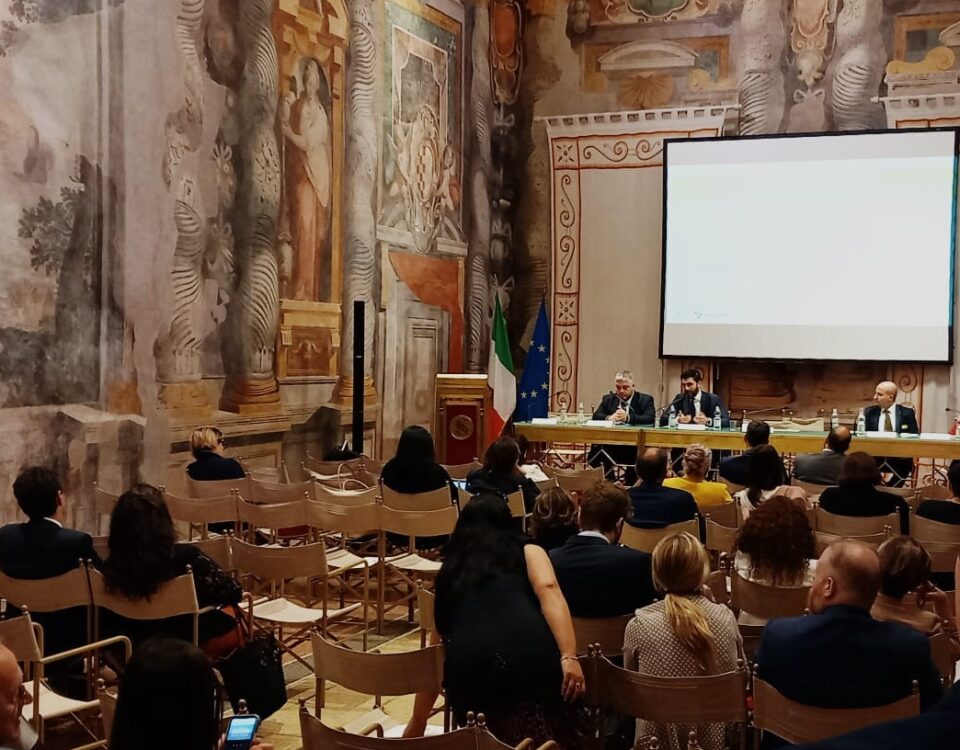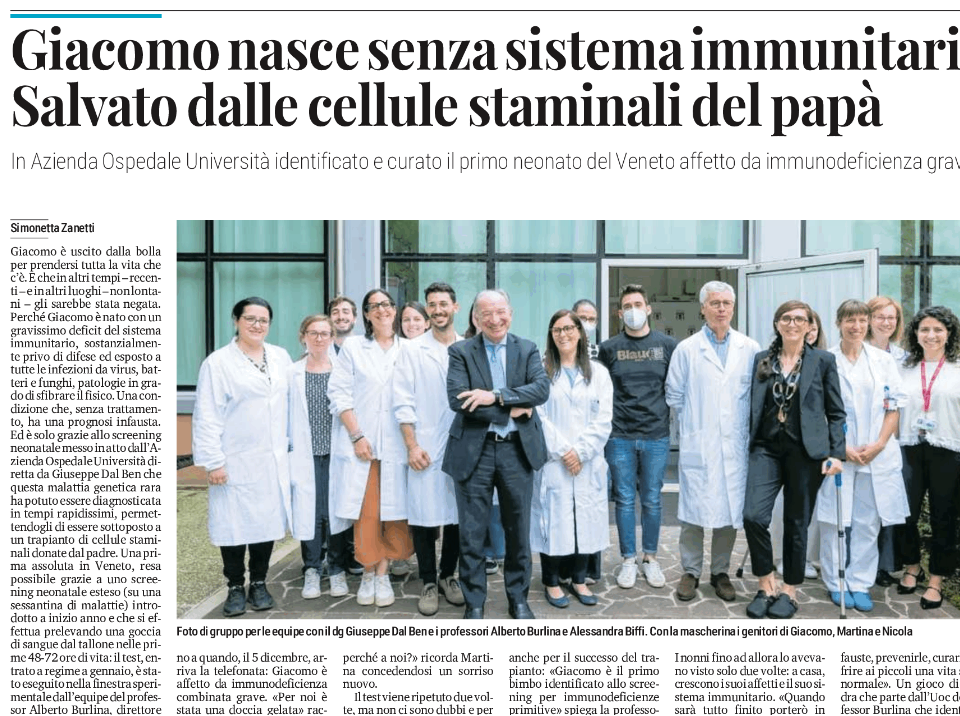Anche malattie neuro-metaboliche tra le probabili cause dell’autismo
15 Marzo 2005“Primi risultati dalle staminali, ma c’è molto da scoprire”
17 Marzo 2005Mechanism of RNA recoding: New twists in brain protein production
“RNA loops and knots guide genetic modifications
University of Connecticut Health Center scientist, Robert Reenan, has uncovered new rules of RNA recoding–a genetic editing method cells use to expand the number of proteins assembled from a single DNA code. According to his work, the shape a particular RNA adopts solely determines how editing enzymes modify the information molecule inside cells. The study may help explain the remarkable adaptability and evolution of animal nervous systems–including the human brain.
The work appears in the March 17 issue of Nature.
DNA sequences spell out the instructions for making protein but they aren’t always followed to the letter. Sometimes, the genetic recipe gets edited after cells copy DNA to RNA–a close chemical relative–during transcription. Think of DNA as an unalterable “read only” copy of the genetic code and the RNA as a “writable” working copy that cells can edit extensively–adding, deleting, and modifying the molecular letters and words that guide protein assembly. Often, even simple editing such as changing one letter in an RNA molecule affects the resulting protein’s function. There are many different types of RNA editing.
Reenan’s group studies one particular method called A-to-I RNA recoding. It occurs when an enzyme chemically “retypes” RNA letters at specific locations, changing adenosine (A) to inosine (I). Proteins responsible for fast chemical and electrical signaling in animal nervous systems are the main targets of this process. In a prior study, Reenan’s group identified species-specific patterns of RNA recoding on such targets, but didn’t explain how they were determined or how they may have evolved. His new study does both.
By comparing the same highly edited RNA from over 30 insects, Reenan uncovered some general rules of A-to-I recoding. He observed that the RNA of different insects folds into unique structures. These shapes single-handedly determine the species-specific RNA editing patterns that Reenan previously observed. For example, part of the RNA molecule he focused on–the code for the protein synaptotagmin, a key player in neuronal chemical signaling–looks like a knot in fruit flies, but a loop in butterflies. These molecular knots and loops bring regulatory regions of the RNA together with sites destined for recoding, guiding editing enzymes to act there. As proof, Reenan coaxed fruit fly RNA to adopt a “mosquito-like” structure by making small changes in the molecule–a procedure he dubbed “guided evolution.” Predictably, cells edited the reconfigured fly RNA in the mosquito-like pattern.
In all species Reenan studied, the RNA region that regulates folding is located within an intron–a string of non-protein coding letters that cells cut out or “splice” from the molecule during processing. RNA recoding can’t occur without introns, so cells must have a way of slowing down splicing long enough for editing enzymes to do their job. “The structures imply a really strong interaction between splicing and editing,” according to Reenan, who notes that, “these complicated structures actually tie up–literally–splicing signals.” By making small alterations in introns during evolution, different insects conserved the basic RNA code for making important proteins, but developed a way to tweak the resulting nerve cell protein’s function in a species-specific manner. The species-specific editing may give insects different abilities by modifying behaviors.
According to Joanne Tornow, the National Science Foundation program manager who oversees Reenan’s work, “These findings provide dramatic evidence that intron sequences, which were once thought to serve little purpose of their own, are functionally important in the accurate expression and regulation of these genes. What’s more,” she adds, “this work is revealing a new type of genetic code, which incorporates both sequence and structural signals.” She anticipates this work, also funded in part by the National Institutes of Health, will “greatly increase our ability to interpret the information encoded in the genome.”
Researchers still don’t know why editing occurs, but posit that organisms use it to increase protein variety. RNA recoding lets cells generate an array of proteins from a single DNA sequence, each with a slightly different function. Producing different proteins in a cell at once could let organisms fine tune biological processes with extreme precision–a level of flexibility the DNA code doesn’t afford. “Genetics is digital,” says Reenan, adding “Editing changes digital to analog,” letting cells “dial up” the exact amounts of altered proteins required at any given time or place.
No matter why organisms do it, one thing is clear–serious problems can occur when RNA editing goes awry. RNA recoding defects cause neurological problems in all of the animals examined to date.
###
NSF-05-041
The National Science Foundation (NSF) is an independent federal agency that supports fundamental research and education across all fields of science and engineering, with an annual budget of nearly $5.47 billion. NSF funds reach all 50 states through grants to nearly 2,000 universities and institutions. Each year, NSF receives about 40,000 competitive requests for funding, and makes about 11,000 new funding awards. The NSF also awards over $200 million in professional and service contracts yearly.
Receive official NSF news electronically through the e-mail delivery and notification system, MyNSF (formerly the Custom News Service). To subscribe, visit http://www.nsf.gov/mynsf/ and fill in the information under “new users”.
Useful NSF Web Sites:
NSF Home Page: http://www.nsf.gov/
NSF News: http://www.nsf.gov/news/
For the News Media: http://www.nsf.gov/news/newsroom.jspScience and Engineering Statistics: http://www.nsf.gov/statistics/ Awards Searches: http://www.nsf.gov/awardsearch/
“




